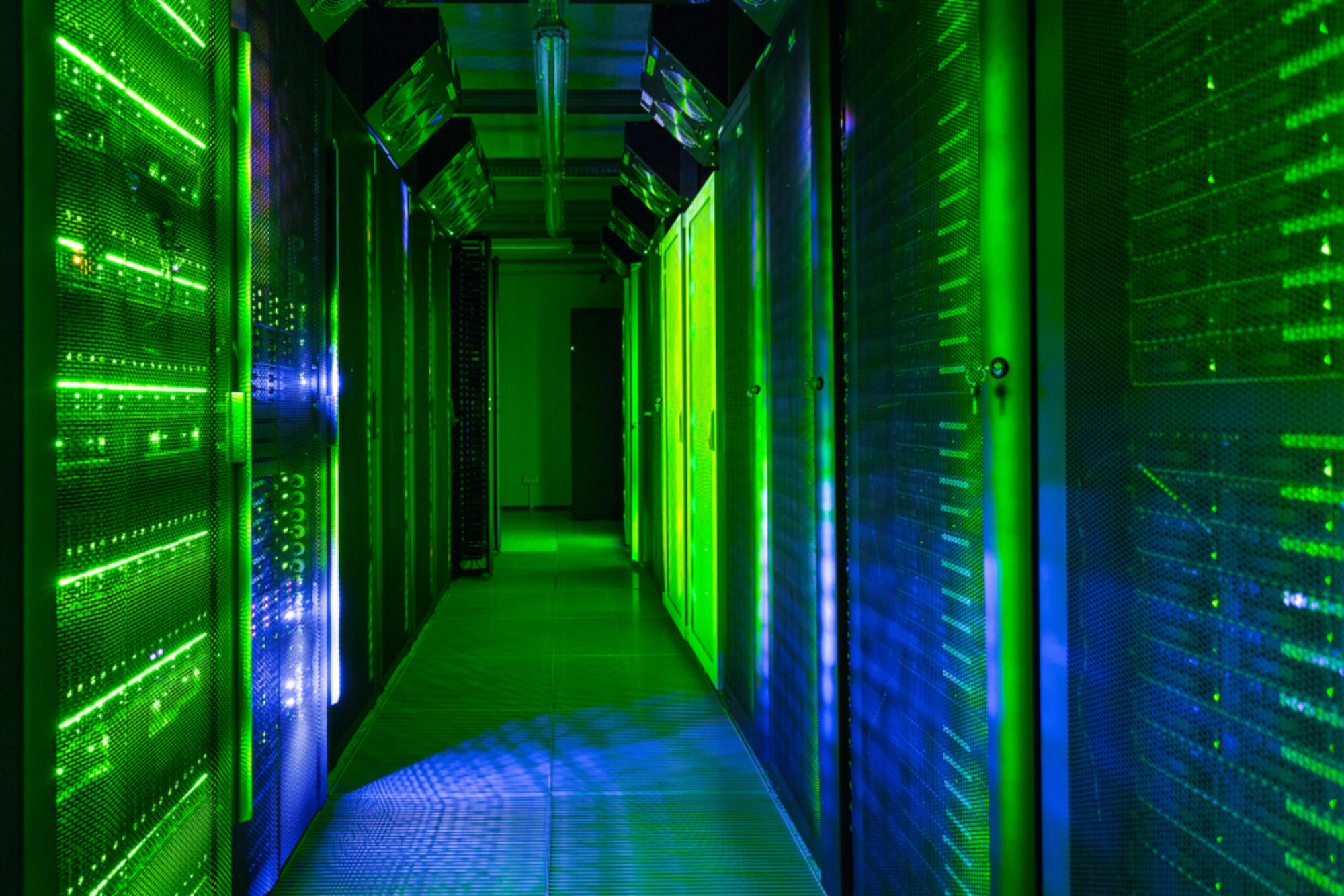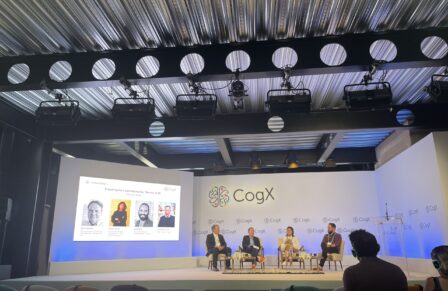Green Computing for a Greener Future…
Posted 6 Apr 2023
Green Computing – Bridging the Sustainability Gap in the Digital Age
Undoubtedly, digital technologies have a significant role to play in facilitating a more sustainable future. This is exemplified by the recent proclamation by the European Commission that the next two decades will see success predicated upon companies’ ability to synchronise their sustainability and digital strategies to bring about a twin transition. Nonetheless, it is crucial to assess the impact of digital technology and determine the optimal methods for its deployment. The contribution of digital technologies to global greenhouse gas (GHG) emissions falls within the range of 2.1% and 3.9%. To put this into perspective, if the technology sector were a nation, it would rank as the world’s seventh largest polluter. With internet traffic projected to double every other year in the foreseeable future, the use of technology is poised to have a substantial environmental impact. This creates a formidable challenge for businesses that rely on technology to achieve their objectives while striving to bridge their sustainability gap.
Digital Catapult has discovered a successful strategy for addressing this predicament by implementing green computing practices in our business operations. Green computing entails designing, developing, utilising, and disposing of computers, servers, and associated subsystems in a manner that is environmentally sustainable. Adopting this approach will undoubtedly assist more businesses in bridging their sustainability gap and will pave the way for a more sustainable internet. This is primarily due to its emphasis on reducing technology consumption and promoting recycling.
Reducing carbon intensity in the workplace
Green computing encourages business leaders and project managers to consider reducing carbon intensity where possible. This is important given that territorial carbon dioxide emissions from the business sector were estimated to be 65.1 Mt in 2021 and accounted for around 19.1% of all carbon dioxide emissions. This demonstrates the need for more businesses to monitor their carbon intensity and reduce it where possible, and this is where green computing can help.
Carbon intensity is the amount of carbon emissions per unit of activity or output. From a business perspective, accounting for carbon intensity could look like scheduling specific tasks or jobs for staff that help to reduce carbon intensity, and which therefore reduce the environmental impact of a business. Carbon intensity is a valuable metric in understanding business progress towards net zero, and green computing helps businesses to not only understand carbon intensity, but how to reduce it too. This is how green computing contributes towards businesses closing their sustainability gap and creating a more sustainable internet.
Keeping an eye on the environmental end-goal
Green computing further ensures that businesses keep their environmental objectives in mind by implementing sustainable practices in the digital space. Environmentally responsible computing encourages the use of renewable energy for website hosting and promotes efficiency and optimisation to reduce the carbon footprint of digital activities. By adopting this type of sustainable practice, businesses can ensure that they are taking steps to minimise their environmental impact, which may involve using renewable energy sources to power their servers and data centres, or promoting energy efficiency in their digital operations.
Moreover, green computing emphasises transparency and accountability in all business practices. By providing clear guidelines and best practices for sustainable digital operations, businesses can ensure that their digital activities align with their sustainability goals, which we successfully achieve at Digital Catapult. Green computing helps Digital Catapult to successfully align commercial and environmental objectives across several ongoing projects. With such a focus on the environmental end goal, this is an additional reason why more businesses should consider embracing green computing to close their sustainability gap and create a path to a more environmentally-friendly internet.
Considering the consumption of tech
Green computing also takes into account the consumption of technology, considering how much technology should be used by a business, whether the amount of technology used corresponds with the demands of a project, and whether equipment can be recycled. This encouragement to recycle is important, given that research found that the UK is on track to become Europe’s largest e-waste contributor per capita by 2024. Green computing could therefore mitigate against this by incentivising more businesses to recycle their old technology instead of disposing it.
Further to this, the precious metals contained within the electronic equipment that end up in landfill is valued at over £370 million in the UK alone, demonstrating the importance of monitoring tech consumption and waste within a business. At Digital Catapult, we recycle our old technology by passing it on to local schools and charities that can use the technology beyond its first life. Embracing a strong approach on sustainable technology usage and recycling is helping more businesses to close their sustainability gap and is paving the way for a more sustainable internet. Green computing is also helping businesses to close their sustainability gap by reducing carbon intensity.
Presently, the entire industry faces significant environmental obstacles; however, there are viable solutions available. One such solution is green computing, which can play a crucial role in closing your business’s sustainability gap. If you are unfamiliar with how to implement this initiative, feel free to contact me for more information.



